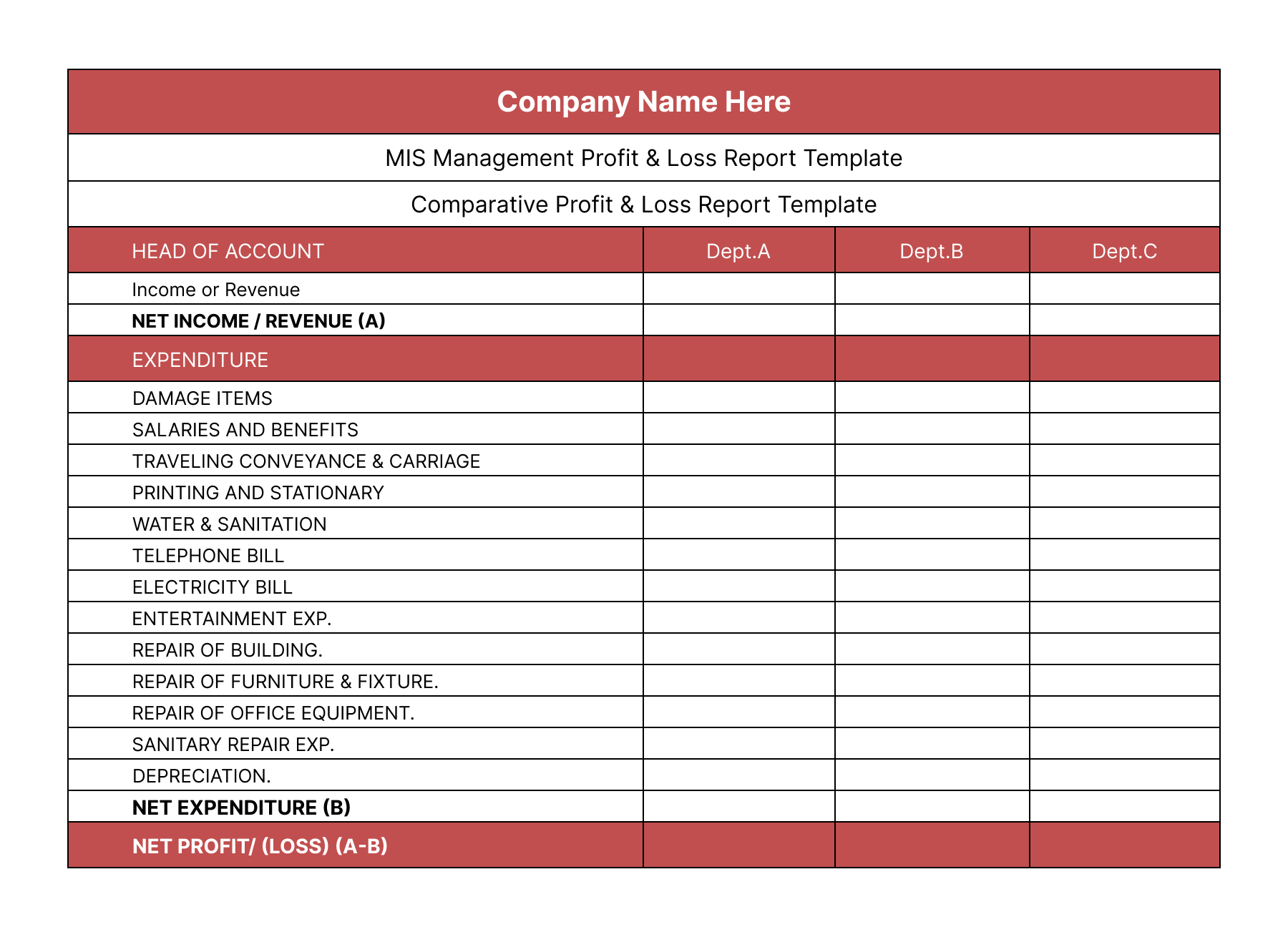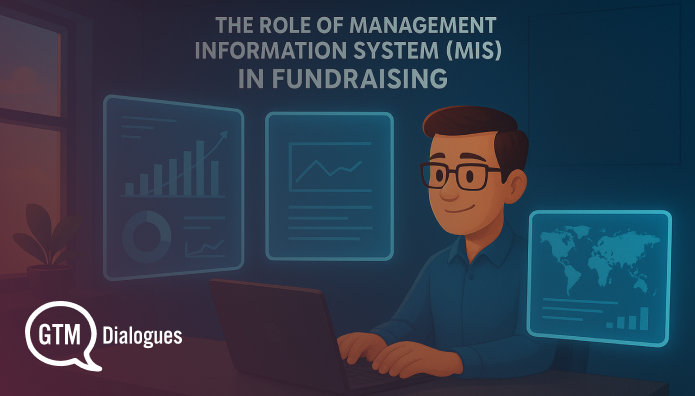Fundraising today is about persuasive storytelling and precision. Every successful campaign runs on data, not instinct.
A Management Information System (MIS) acts as the strategic control center behind that precision. It brings together donor insights, campaign data, and financial reports into one unified view helping teams move from reactive decisions to proactive strategy.
Think of MIS as the brain that connects the heart (your mission) and hands (your operations). It gives leadership clarity on what’s working, where funds are flowing, and which relationships need nurturing.
In this article, we’ll explore how MIS strengthens decision-making, simplifies collaboration, tracks key metrics, boosts donor trust, and saves time through automation.
What Is a Management Information System (MIS)? How Does It Work in Fundraising?
A Management Information System (MIS) is a structured platform that collects, processes, and presents data to support better decisions. In fundraising, it connects every moving part - donor databases, campaign analytics, finance systems, and reporting dashboards into a single, reliable source of truth.

Instead of working in silos, each department feeds information into the MIS.
Donor interactions, pledge records, event performance, and financial transactions are captured automatically. The system then organizes this data into actionable reports that help teams evaluate performance, identify trends, and forecast outcomes.
Here’s how the typical flow looks like:
Data collection → Processing → Analysis → Reporting → Action
This cycle ensures that leaders see real-time insights rather than outdated spreadsheets or disconnected reports.
Compared to manual tracking, an integrated MIS delivers greater accuracy, automation, and timeliness. Spreadsheets can store numbers; an MIS tells you what those numbers mean. It highlights which donors are most engaged, which campaigns drive the highest ROI, and where operational bottlenecks lie.
How MIS Improves Decision-Making in Fundraising
Fundraising decisions used to rely on instinct, experience, and periodic reviews. MIS replaces that guesswork with real-time clarity:-
i) Real-time dashboards enable instant course correction
With live dashboards, teams can track donation trends, campaign progress, and spending efficiency in one place. When a campaign underperforms, they can pivot mid-cycle redirecting budgets, refining messages, or re-engaging specific donor segments.
ii) Trend Analysis Predicts Donor Behavior
Trend analysis helps forecast donor churn and seasonal giving peaks. These predictive insights allow leaders to plan outreach, allocate budgets strategically, and build stronger, long-term donor relationships.
iii) Data Visualization Simplifies Strategic Decisions
At the board level, visual dashboards turn dense data into clear patterns. Instead of reviewing static reports, decision-makers instantly see which programs deliver the most impact and which require optimization.
Key Fundraising Metrics Tracked by a Management Information System (MIS)
A Management Information System is only as powerful as the metrics it tracks. In fundraising, these metrics reveal how well your campaigns convert effort into impact, and whether your strategies are sustainable.
Below are the most essential fundraising KPIs an MIS should monitor:-
i) Total Donations
Measures the overall revenue health of your organization. It shows campaign momentum and highlights year-over-year growth trends.
ii) Donor Retention Rate
Indicates loyalty. A rising retention rate means stronger donor relationships, lower acquisition costs, and greater long-term stability.
iii) Average Gift Size
Reveals donor capacity and helps segment contributors into tiers allowing for more personalized and effective communication.
iv) Campaign ROI
Tracks the return on every dollar spent. By comparing revenue to cost, it identifies which initiatives deserve more investment.
v) Pledge Fulfillment
Monitors promised versus received contributions. This metric helps predict cash flow and assess donor reliability.
vi) Donor Segmentation Data
Groups donors by giving frequency, location, or behavior. These segments help tailor campaigns that speak directly to each audience.
vii) Cost-per-Dollar-Raised
Shows how efficiently your team converts spending into funds. Lowering this cost signals improved operational efficiency.
viii) Fundraising Expense Ratio
Demonstrates financial discipline and is often reviewed by boards and investors. A healthy ratio boosts transparency and credibility.
viii) Donation Processing Time
Measures how quickly funds move from commitment to confirmation. Faster cycles improve donor satisfaction and trust.
How to Build Donor and Investor Confidence Through a Management Information System (MIS)
Trust is the foundation of fundraising. Donors and investors expect proof that their contributions create measurable outcomes. MIS strengthens that trust by turning data transparency into confidence.
1. Transparent, Audit-Ready Reports
An MIS centralizes donation, spending, and campaign data making it easy to generate audit-ready reports at any time. This transparency assures donors that funds are managed responsibly and used as promised.
2. Data-Driven Storytelling
Instead of relying on generic success stories, teams can use MIS data to demonstrate real impact. Linking donations to specific outcomes like number of beneficiaries or program reach makes every update more credible.
3. Consistent Reporting Builds Credibility
When reports follow a standard format and cadence, stakeholders know they can rely on your numbers. Consistency in communication signals reliability, encouraging repeat giving and long-term partnerships.
With MIS in place, every figure, trend, and chart becomes evidence of accountability and impact.
Best Practices for Using a Management Information System (MIS) in Fundraising
An MIS delivers its full value only when it’s used with clear processes and disciplined data management. These best practices help ensure consistent performance and long-term reliability.
1. Start with Clean, Structured Data
Before importing records, define naming conventions, validation rules, and data ownership. Clean inputs prevent reporting errors and keep donor information trustworthy.
2. Align KPIs with Organizational Goals
Select metrics that connect directly to fundraising outcomes such as revenue growth, donor retention, and cost efficiency. Avoid tracking numbers that don’t influence decision-making.
3. Customize Dashboards by Role
Design tailored dashboards for leadership, fundraisers, and finance teams. Each group should see insights relevant to their responsibilities without navigating unnecessary data.
4. Automate Repetitive Admin Tasks, Keep Judgment Human
Use automation for reporting and reminders but maintain human oversight for donor engagement and relationship strategy. Balance speed with empathy.
5. Review and Update Metrics Regularly
Refresh dashboards every quarter to reflect new campaigns, audiences, and funding priorities. Continuous refinement keeps data aligned with changing goals.
When applied consistently, these practices make MIS a dependable system that improves accuracy, collaboration, and decision-making across the fundraising organization.
Turn Fundraising Data into Strategy, Transparency, and Donor Trust with MIS
A Management Information System helps fundraising teams move from scattered reports to unified intelligence. It brings structure to data, visibility to operations, and accountability to every decision.
When data flows seamlessly across donor, finance, and campaign teams, organizations can plan smarter initiatives, allocate resources effectively, and communicate real impact. Donors gain confidence knowing their contributions are managed with transparency and precision.
MIS is no longer a back-office tool, it’s a strategic driver of growth and trust.
If you’re planning to implement or optimize your MIS for fundraising, get in touch with GTMDialogues. Our team helps nonprofits and fundraising organizations design systems that convert information into action and data into donor confidence.
Frequently Asked Questions (FAQs)
Is a Management Information System (MIS) different from a CRM?
Yes. A CRM focuses on managing individual donor interactions and relationships. A Management Information System aggregates data across departments including fundraising, finance, and operations to provide organization-wide insights and reports for strategic decision-making.
Can small nonprofits benefit from MIS?
Absolutely. Modern MIS platforms are cloud-based, affordable, and easy to scale. Even small teams gain measurable advantages through centralized reporting, reduced manual work, and better data accuracy.
Which reports should leadership review monthly in MIS?
Leadership should prioritize donation totals, donor retention rate, campaign ROI, expense ratio, and pledge fulfillment trends. These reports show both short-term performance and long-term sustainability.
How does MIS help improve donor retention?
MIS tracks giving patterns, engagement frequency, and response to campaigns. This data helps fundraising teams personalize follow-ups and design re-engagement programs that keep donors connected.
What are common challenges in MIS implementation?
The most frequent issues include poor data hygiene, unclear ownership, and limited training. Addressing these early through structured onboarding and defined roles ensures smoother adoption and higher accuracy.




